The Future of Art: Exploring Bitcoin's Impact on Creativity
Bitcoin art incorporates digital artworks, photography, installations, and concepts that explore themes related to Bitcoin, blockchain, and the broader crypto culture.
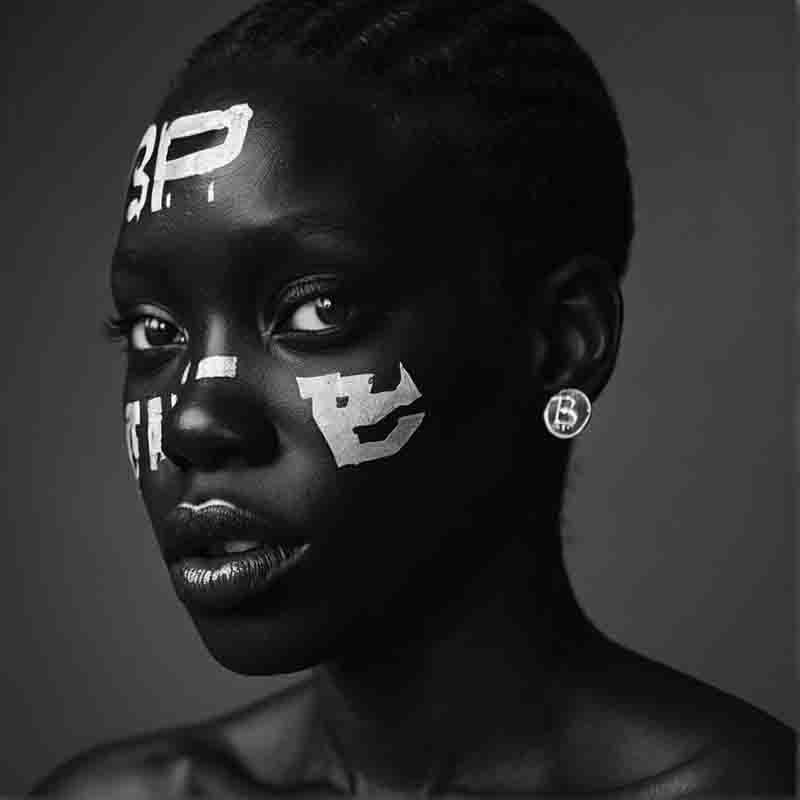
Bitcoin artists engage with evolving market dynamics, participate in discussions within the crypto community, and advocate for educational outreach to demystify blockchain technology for wider audiences through visual art.
Bitcoin art is not merely a product of technical expertise; it also embodies a rich artistic sensibility that draws from diverse influences, ranging from contemporary art movements to the aesthetics of the digital art age.
Artists working in this medium explore themes such as decentralization, transparency, and the democratization of creativity, using their work to provoke thought and spark dialogue about the societal implications of blockchain technology.
Bitcoin art is deeply rooted in the culture and community of cryptocurrency enthusiasts, who form a vibrant ecosystem of collectors, art curators, and creators.
Market insights play a crucial role in shaping the trajectory of this nascent art form, with experts closely monitoring trends in digital art sales, NFT marketplaces, and collector preferences.
Innovation and experimentation are the hallmarks of the Bitcoin art scene, where artists are constantly exploring what can be done through the integration of blockchain technology into their methods.
From generative algorithms that autonomously create digital artworks to interactive installations that invite viewers to engage with Bitcoin transactions in real-time, the possibilities for creative exploration are virtually limitless.
For collectors, Bitcoin art offers a thrill. It's a chance to own a piece of the future, where value isn't just aesthetic, but tied to the ever-evolving world of cryptocurrency.
12 important facts to know about Bitcoin art
-
Intersection of Technology and Creativity: Bitcoin art merges the worlds of cryptocurrency and blockchain technology with creative expression, offering innovative ways for artists to explore digital ownership and authenticity.
-
Non-Fungible Tokens (NFTs): Many Bitcoin artworks are tokenized as NFTs, unique digital assets stored on a blockchain that represent ownership of a specific piece of art.
-
Digital Scarcity: Through the use of blockchain technology, Bitcoin art can achieve digital scarcity, ensuring that each artwork is unique and limited in supply, similar to traditional physical artworks.
-
Decentralization: Bitcoin art often reflects the principles of decentralization inherent in blockchain technology, challenging traditional notions of ownership, distribution, and control within the art world.
-
Market Dynamics: The market for Bitcoin art is dynamic and rapidly evolving, with digital art sales, NFT marketplaces, and collector preferences shaping the landscape of this emerging genre.
-
Community Engagement: Artists and collectors of Bitcoin art are part of a vibrant online community, participating in discussions, events, and collaborations that explore the intersection of art and technology.
-
Innovation and Experimentation: Bitcoin art is characterized by its spirit of innovation and experimentation, with artists exploring new mediums, technologies, and concepts to push the boundaries of artistic expression.
-
Authenticity and Provenance: Blockchain technology enables transparent and immutable records of ownership and provenance, providing a secure way to verify the authenticity of Bitcoin artworks and combat issues like forgery and fraud.
-
Cultural Significance: Bitcoin art reflects the cultural significance of cryptocurrency and blockchain technology, serving as a visual representation of the values, beliefs, and communities that have emerged around these innovations.
-
Accessibility and Global Reach: The digital nature of Bitcoin art and its distribution via blockchain technology make it accessible to a global audience, democratizing access to art and fostering new forms of creativity and collaboration.
-
Monetization Opportunities: Artists can monetize their Bitcoin art through sales, auctions, and royalties on secondary market transactions, leveraging blockchain technology to receive direct payments and ensure fair compensation for their work.
-
Educational Impact: Bitcoin art has the potential to educate and inspire audiences about the possibilities of blockchain technology, sparking discussions about digital ownership, decentralized systems, and the future of art in the digital age.
Community engagement is a central aspect of the Bitcoin art world, with artists and enthusiasts coming together to share ideas, collaborate on projects, and build networks within the industry.
Bitcoin Art: Timeline
Bitcoin art has emerged as a groundbreaking fusion of creativity and cryptocurrency.
Originating with the birth of Bitcoin itself in 2009, Bitcoin art initially manifested as experimental projects exploring themes of decentralization, cryptography, and digital ownership.
| Year | Milestone |
|---|---|
| 2009 | Bitcoin Genesis: Bitcoin, the first cryptocurrency, is created by an anonymous person or group under the pseudonym Satoshi Nakamoto. Its invention lays the groundwork for the intersection of cryptocurrency and art. |
| 2010 | Early Experiments: Artists begin experimenting with incorporating Bitcoin into their artwork, exploring themes of decentralization, cryptography, and digital ownership. |
| 2014 | First Bitcoin Art Sale: Coin Artist, a digital artist, sells her artwork "The Legend of Satoshi Nakamoto" for 5.12 bitcoins, marking one of the earliest recorded sales of Bitcoin art. |
| 2017 | Rise of NFTs: The concept of non-fungible tokens (NFTs) gains traction, allowing digital artists to tokenize their work and sell it as unique, verifiable assets on the blockchain. |
| 2018 | Crypto Art Galleries: The first crypto art galleries and platforms, such as KnownOrigin and SuperRare, emerge, providing spaces for artists to showcase and sell their digital creations. |
| 2023 | Blockchain Integration: Traditional art institutions and galleries begin exploring ways to integrate blockchain technology and NFTs into their operations, recognizing the potential for digital provenance and authentication. |
| 2024 | Multimedia artist Likewolf designs 12 Bitcoin art pieces for sale on his gallery website. |
Early examples of Bitcoin art ranged from digital illustrations and animations to conceptual pieces that challenged traditional notions of artistry and value.
The Intersection of Bitcoin and Art
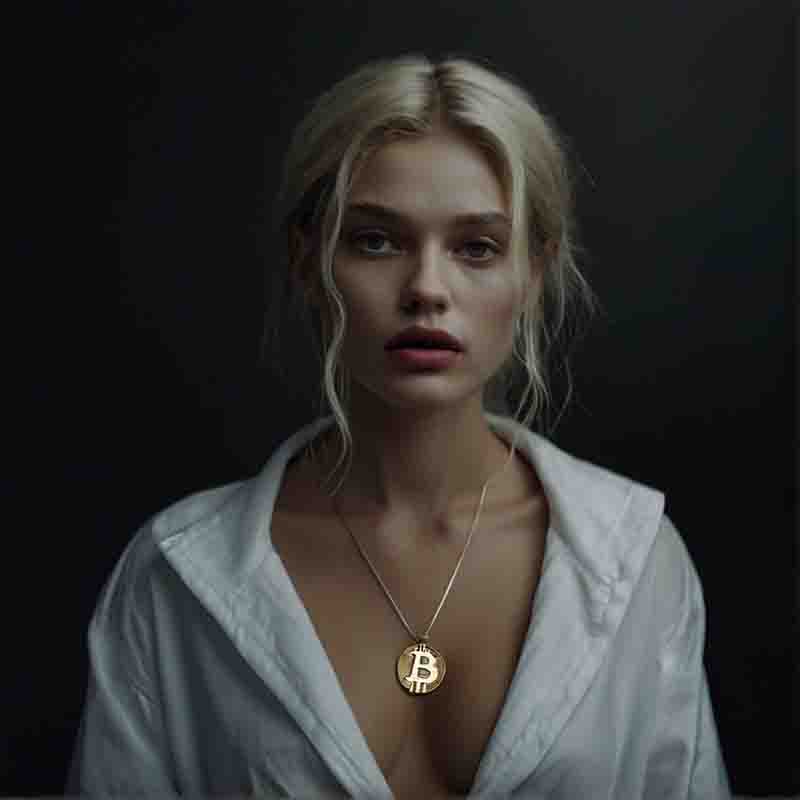
Bitcoin art represents a fascinating convergence of two seemingly disparate worlds: the creative realm of artistry and the revolutionary landscape of cryptocurrency.
Crypto Culture and Bitcoin Art
In recent years, the intersection of art, technology, and finance has given rise to a new form of creative expression: Bitcoin art.
This emerging genre encompasses digital artworks that explore themes related to cryptocurrency, blockchain technology, and the decentralized ethos of the digital age.
Concurrently, the proliferation of non-fungible tokens (NFTs) has revolutionized the way digital art is bought, sold, and authenticated, further blurring the lines between the physical and digital realms.
Bitcoin art experts play a central role in communicating and understanding digital art and NFTs. They have a deep understanding of blockchain technology, digital scarcity and the evolving market dynamics of digital art.
The Evolving Market Dynamics of Digital Art and NFTs
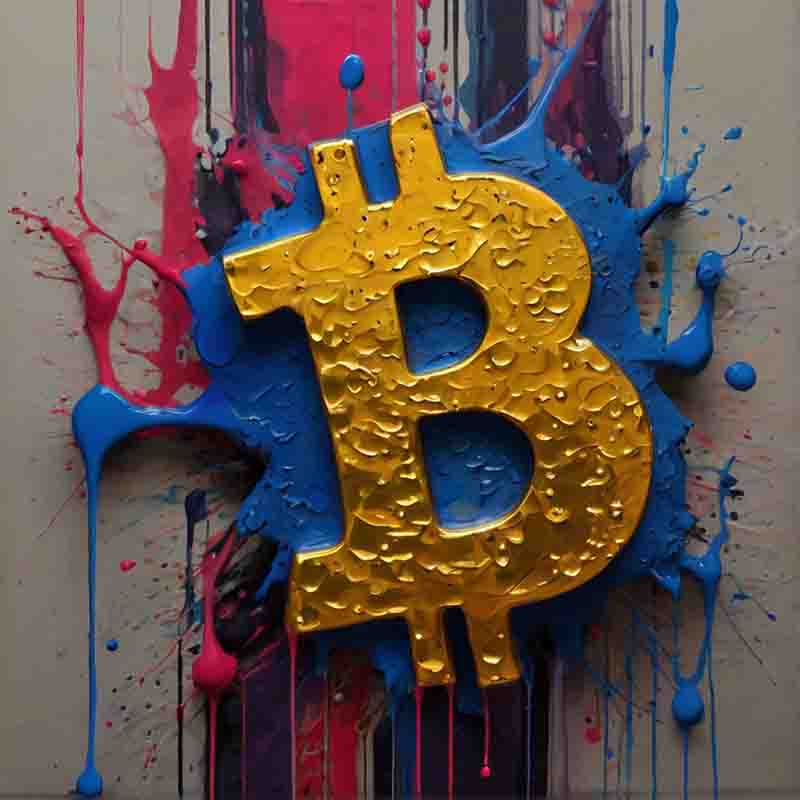
Bitcoin art represents a captivating fusion of creativity, technology, and finance.
The market for digital art and NFTs is characterized by rapid evolution and innovation, driven by technological advancements, shifting consumer preferences, and changing market dynamics.
Digital art, once viewed as a niche market, has gained mainstream recognition and acceptance, with high-profile sales and exhibitions attracting widespread attention.
Similarly, the emergence of NFTs has democratized access to digital art, allowing artists to monetize their work directly and bypass traditional intermediaries.
Insights into Pricing Trends
Pricing in the Bitcoin art space is influenced by a variety of factors, including the artist's reputation, the rarity of the artwork, and market demand.
Experts in Bitcoin art have a keen understanding of these factors and can provide valuable insights into pricing trends and valuation methodologies.
By analyzing historical sales data, tracking market sentiment, and identifying emerging trends, experts can help artists and collectors make informed decisions about buying, selling, and investing in Bitcoin art and NFTs.
Exploration of Marketplaces

Bitcoin art allows artists to explore the themes of decentralization, digital ownership, and the new financial frontier that Bitcoin represents.
The rise of digital marketplaces has transformed the way digital art is bought and sold, providing artists and collectors with unprecedented access to global audiences.
These marketplaces offer a wide range of features and services, including auction functionality, secondary market trading, and digital asset management.
Experts in Bitcoin art are well-versed in the various marketplaces available and can provide guidance on selecting the right platform for buying, selling, or showcasing digital artworks.
Understanding Collectors' Preferences
In the Bitcoin art space, collectors' preferences play a significant role in shaping market dynamics and driving demand for specific types of artwork.
Experts in Bitcoin art closely monitor collectors' preferences, identifying emerging trends, and cultural shifts that may impact market dynamics.
By understanding collectors' tastes, motivations, and purchasing behavior, experts can help artists tailor their work to appeal to target audiences and maximize their chances of success in the marketplace.
Leveraging Blockchain for Provenance and Authentication
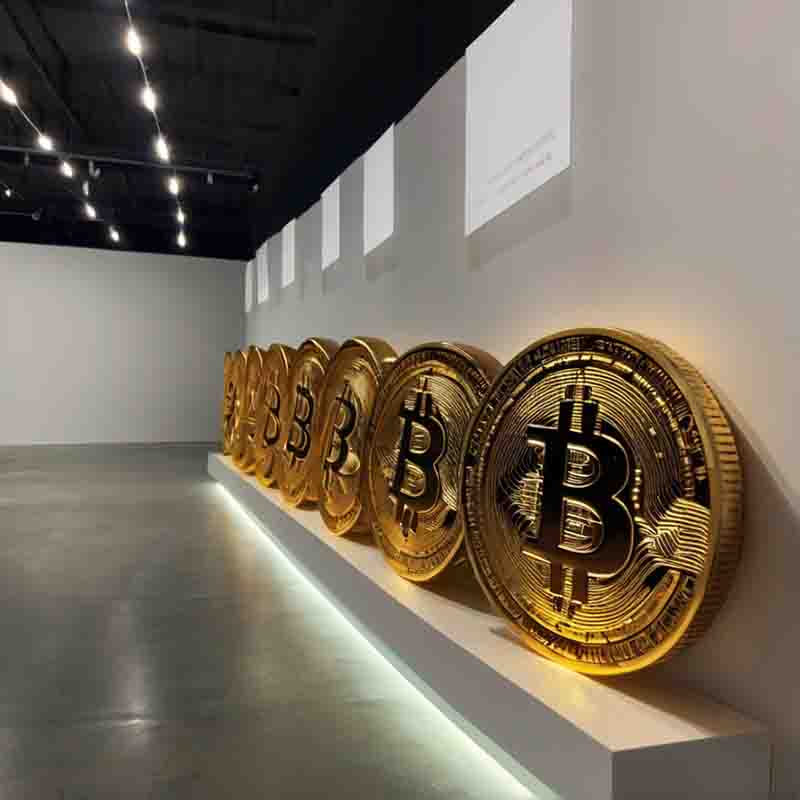
Bitcoin art collectors are a blend of art enthusiasts and tech-savvy individuals. Some are longtime Bitcoin believers who want to support this new art movement, while others are drawn to the unique ownership and investment opportunities offered by digital art.
Blockchain technology offers unique opportunities for verifying the authenticity and provenance of digital artworks, addressing longstanding challenges related to copyright infringement and intellectual property theft.
Experts in Bitcoin art are well-versed in the use of blockchain for provenance and authentication, leveraging cryptographic techniques to create immutable records of ownership and transaction history.
By utilizing blockchain technology, artists can enhance the value and integrity of their work, providing collectors with greater confidence in their purchases.
Immersion in Cryptocurrency Culture
Beyond their expertise in Bitcoin art, experts in the field are deeply immersed in cryptocurrency culture, participating in online communities, attending conferences, and staying abreast of the latest developments in the crypto space.
This immersion allows experts to anticipate market trends, identify emerging opportunities, and forge connections with fellow enthusiasts and industry stakeholders.
By staying actively engaged in cryptocurrency culture, experts can maintain a competitive edge in the Bitcoin art space and contribute to its continued growth and evolution.
Bitcoin's Impact on Creative Expression
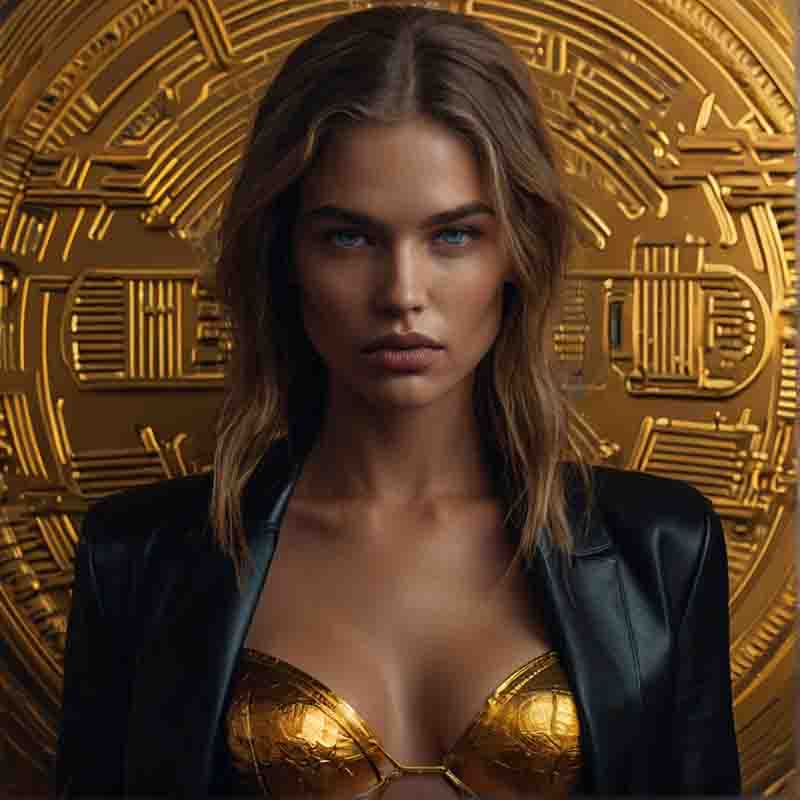
Driven by a passion for digital art and the potential of blockchain technology, Bitcoin art collectors are helping to shape this exciting new intersection of creativity and finance.
Bitcoin art traces its roots back to the emergence of Bitcoin and blockchain technology.
As cryptocurrency gained traction, artists began experimenting with digital mediums to explore themes of decentralization, transparency, and digital ownership.
Early examples of Bitcoin art ranged from digital illustrations and animations to conceptual pieces that challenged traditional notions of artistry and value.
-
Cryptocurrency art: This refers to artworks that depict or are inspired by various cryptocurrencies, including Bitcoin. Artists may explore themes such as the history of cryptocurrencies, their impact on society, or the symbolism associated with different digital currencies.
-
Blockchain-inspired art: Artists in this category draw inspiration from the underlying technology of blockchain, exploring concepts like decentralization, transparency, and immutability through their artworks. They may use blockchain as a medium or incorporate its visual elements into their pieces.
-
Digital art on blockchain: This involves creating and storing digital artworks on a blockchain, often in the form of non-fungible tokens (NFTs). These tokens represent ownership of the artwork and provide a secure, decentralized way to buy, sell, and trade digital art.
-
Crypto collectibles: Crypto collectibles are digital assets that represent unique items or characters, often in the form of NFTs. These can include digital trading cards, virtual pets, or in-game items. Artists may create crypto collectibles as standalone artworks or as part of larger digital ecosystems.
-
Bitcoin-themed artworks: Artists create artworks that directly reference or depict Bitcoin, exploring its history, symbolism, or cultural significance. These artworks can take many forms, from paintings and sculptures to digital animations and multimedia installations.
-
Blockchain aesthetics: This refers to the visual style and design principles associated with blockchain technology. Artists may draw inspiration from the decentralized nature of blockchain, incorporating elements like cryptographic symbols, chain links, and digital ledgers into their artworks.
-
Crypto art market: The crypto art market encompasses the buying, selling, and trading of digital artworks and NFTs. Artists may participate in this market through online platforms, galleries, or auctions, leveraging blockchain technology to reach collectors around the world.
-
Crypto-inspired installations: Artists may create immersive installations that explore themes related to cryptocurrency and blockchain. These installations can engage viewers on multiple levels, combining visual, auditory, and interactive elements to create a unique sensory experience.
-
Crypto-artistic expression: Crypto-artistic expression encompasses a wide range of creative practices that engage with themes related to cryptocurrency, blockchain, and digital culture. This can include visual art, music, literature, performance, and other forms of expression that explore the intersection of art and technology.
-
Blockchain-infused creativity: Blockchain technology has the potential to transform the way artists create, distribute, and monetize their work. Artists may infuse their creative practice with blockchain technology, exploring new ways to engage with audiences, collaborate with other artists, and navigate the ever-evolving landscape of the art world.
Bitcoin art represents a convergence of technology, art, and culture, offering a glimpse into the boundless possibilities of a decentralized future.
Art on the Blockchain: Bitcoin-Inspired Creations
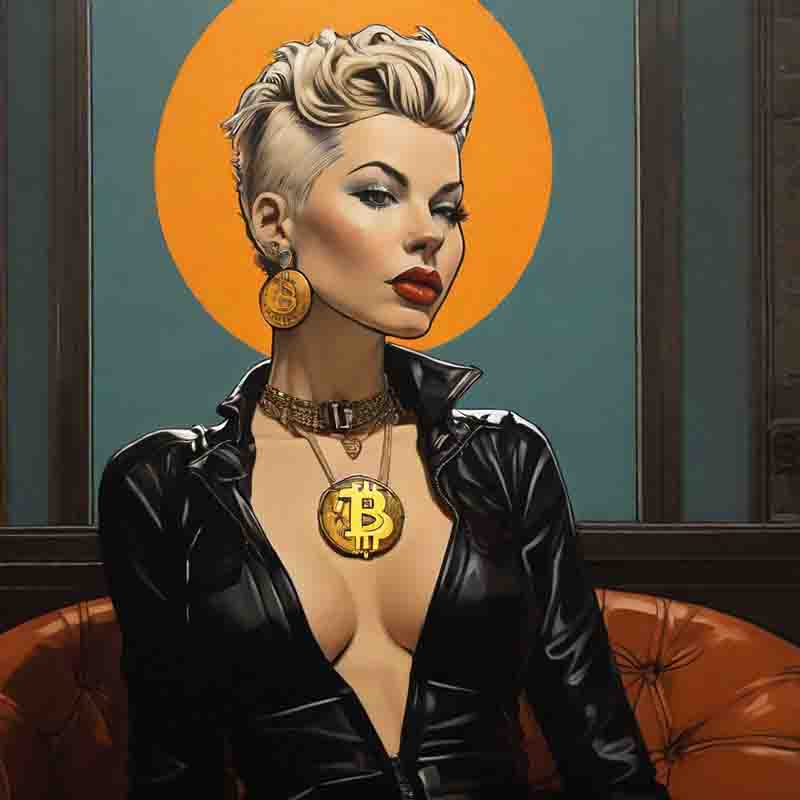
As blockchain technology continues to mature and evolve, we can expect further innovations in digital ownership, provenance and authentication.
While Bitcoin art presents exciting opportunities for artists, collectors, and investors alike, it also poses unique challenges and considerations.
Chief among these is the issue of digital ownership and authenticity.
As the market for Bitcoin art continues to grow, questions surrounding provenance, copyright, and intellectual property rights have become increasingly complex.
Additionally, the volatile nature of cryptocurrency markets introduces a level of risk and uncertainty for both artists and collectors.
Fluctuations in the value of Bitcoin and other cryptocurrencies can impact the perceived value of Bitcoin art, making it essential for participants to carefully consider their investment strategies and risk tolerance.
Despite these challenges, the future of Bitcoin art appears bright and promising.
Bitcoin Art: FAQ
Are you curious about music, art, technology, fashion, lifestyle, and beer?
If so, then you need to subscribe to the free Likewolf newsletter.
100% privacy. When you sign up, we'll keep you posted.
High Tech And Low Life
Cyberpunk World
